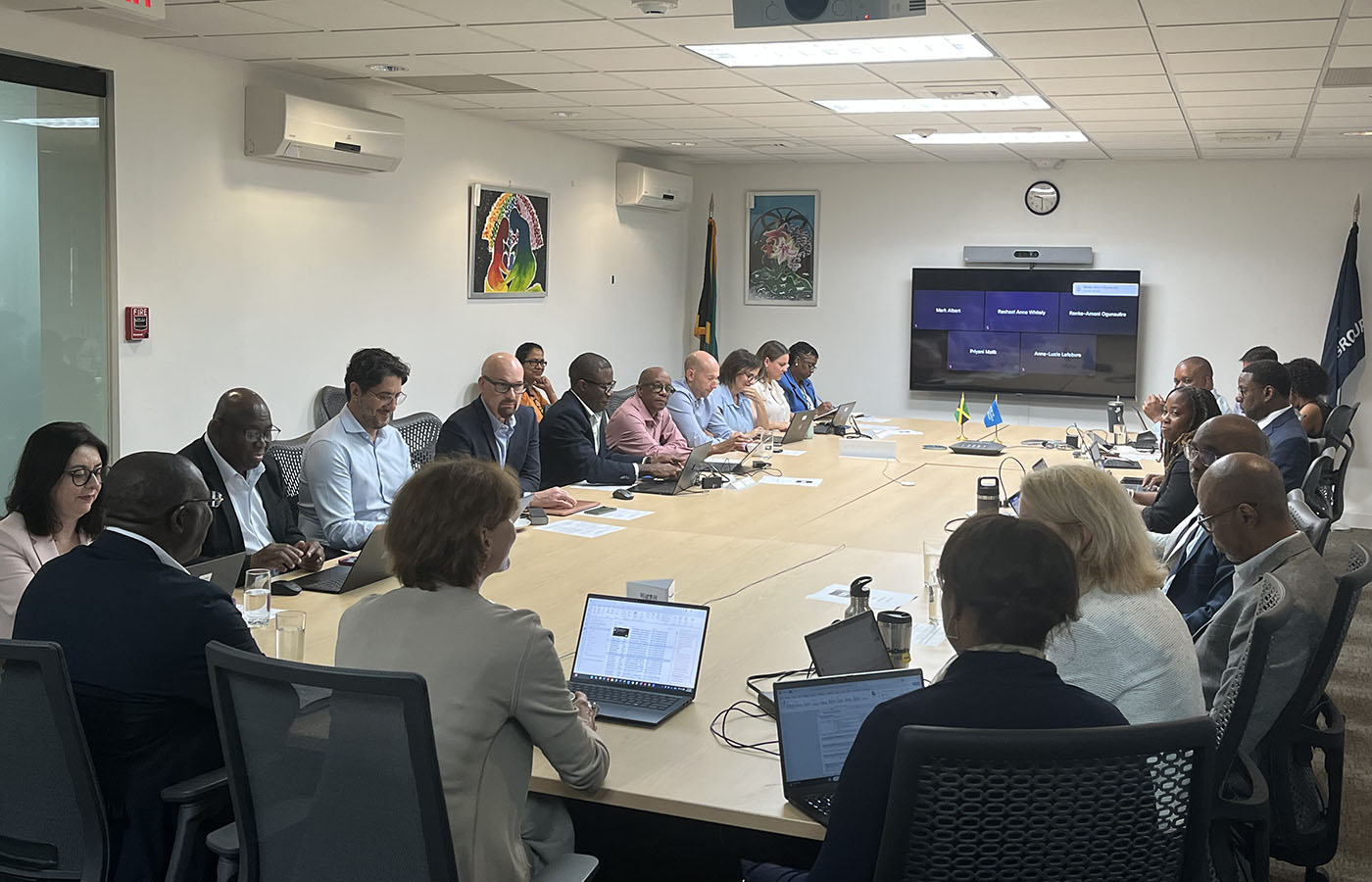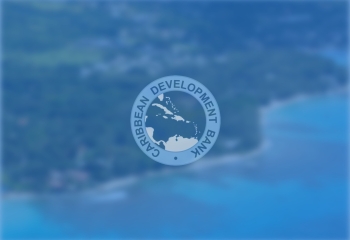Rethinking Delivery: How Collaboration is Reshaping Development in the Caribbean

In global development, collaboration has too often been treated as a supporting function—something that happens after strategies are defined and funding is secured. But as the international community calls on multilateral development banks to work more effectively together, it's becoming clear that collaboration must be front and center to deliver greater development impact.
The Caribbean is showing why this shift is urgent.
Here, the urgency of disaster threats, economic volatility, and institutional overload compresses everything. Governments operate with lean teams and wide mandates, grappling with the pressure to implement reforms and deliver resilient, inclusive, and green infrastructure and services—often within tight fiscal constraints and amid rising debt levels. A single hurricane can wipe out development gains built over many years of reform and investment.
In this context, collaboration is not a bonus – it is the engine that makes delivery possible when in-country institutional capacity is stretched and resources are limited. By reducing transaction costs and aligning efforts, collaboration becomes both essential and cost-efficient.
This understanding is already reshaping how the World Bank, the Inter-American Development Bank (IDB), and the Caribbean Development Bank (CDB) engage in the region - informing their strategic and operational planning, strengthening project cycle management and delivery, and encouraging more coordinated partnerships.
From Coordination to Strategic Alignment
This shift is already influencing how development partners work together in practice. In May 2025, representatives from the World Bank Group and CDB convened to deepen cooperation across key sectors—macroeconomics, private sector development, human development, sustainable development, and infrastructure. Discussions focused on opportunities to strengthen partnerships and improve impact, share achievements and challenges, and address barriers to effective coordination.
Building on that strategic alignment, Jamaica’s regular portfolio review took a new form in 2024: for the first time, the World Bank and IDB participated together. The format—proposed by the World Bank—enabled all three parties to identify common implementation challenges across the project cycle, discuss coordinated solutions, and agree on next steps to strengthen delivery and ensure future support aligns with Jamaica’s development goals.
These examples reflect a broader trend across the region, where country portfolio reviews and joint engagements reinforce a more coordinated and results-driven approach to development.
From Coordination to Co-Creation and Delivery
As collaboration deepens, institutions are moving beyond coordination to co-creating solutions together—with shared ownership from the start. One such example is Digilab Finance, a joint initiative by the World Bank and CDB that supports the modernisation of financial institutions in the Caribbean through digital transformation. The program combines the World Bank’s technical depth with CDB’s regional networks—offering hands-on support to institutions navigating change.
Digilab Finance didn’t emerge from a formal strategy; it grew out of collaboration between teams and institutions that saw the value in building something new together.
Harmonising Delivery in Fragile Contexts
The true test of collaboration comes in fragile contexts, where fragmented support can overwhelm ministries already struggling to deliver. With this in mind, the World Bank and CDB took a unified approach in Haiti’s education sector, where both institutions support national programs.
Rather than establish separate implementation arrangements, they chose to work through a shared project implementation unit and to coordinate procurement through a common government counterpart. This approach reduced the burden on the Ministry of Education and enabled greater continuity of delivery—critical in a context where political instability and security challenges often disrupt public services.
These early shifts reflect a deeper recognition: even small operational choices can create real breathing room for governments navigating complex delivery demands.
Regional Platforms for Shared Learning
Beyond individual countries, the institutions are also coming together at the regional level. In June 2025, the World Bank and CDB co-hosted a joint Procurement Week in Belize, bringing together procurement professionals and policymakers from across the Caribbean.
Procurement is often where fragmentation is most visible—and most costly. In small states, where limited staff manage large and diverse portfolios, overlapping systems can slow delivery and stall reform.
The forum gave countries space to exchange experiences, explore pooled procurement, and consider how systems can better serve small states. This effort reflects a broader realisation: when countries face shared constraints, they also benefit from shared solutions—and institutions have a role to play in creating the space for that exchange to happen.
From Haiti’s harmonised education delivery to a joint portfolio review in Jamaica and regional learning platforms, these examples point to a more adaptive model—one where development partners align how they engage, support, deliver, and respond to government priorities.
As development challenges become more urgent and complex, and expectations rise, progress in the Caribbean must continue to evolve—not through more fragmented initiatives, but through stronger alignment, strategic partnerships, meaningful collaboration, and a shared commitment to results.
This article originally appeared on the World Bank's website.


